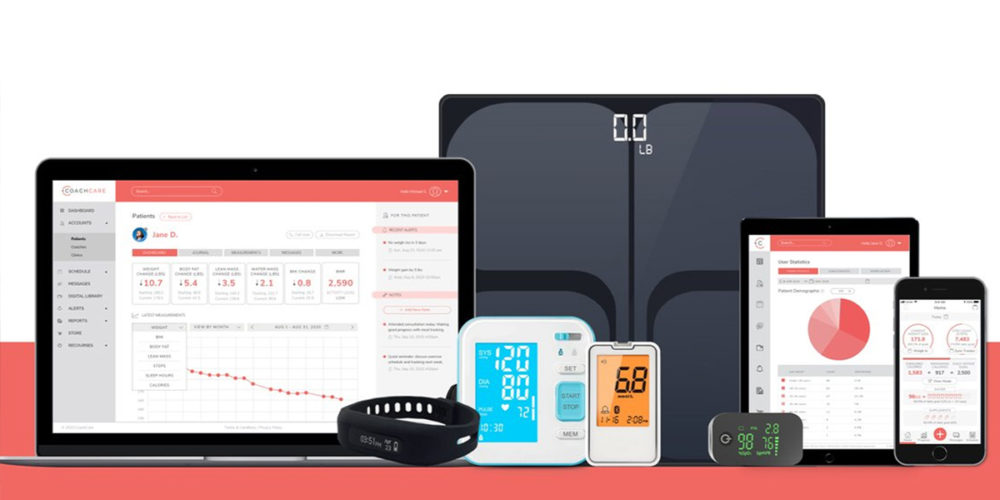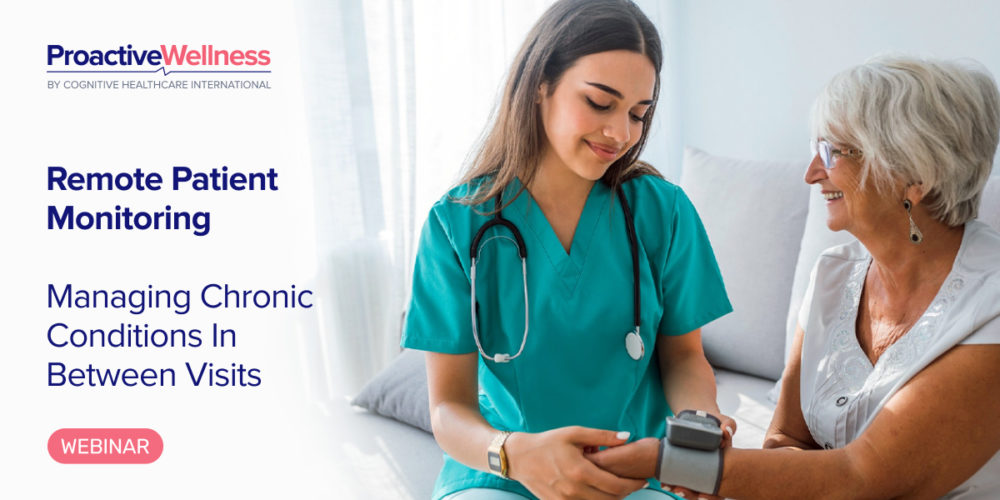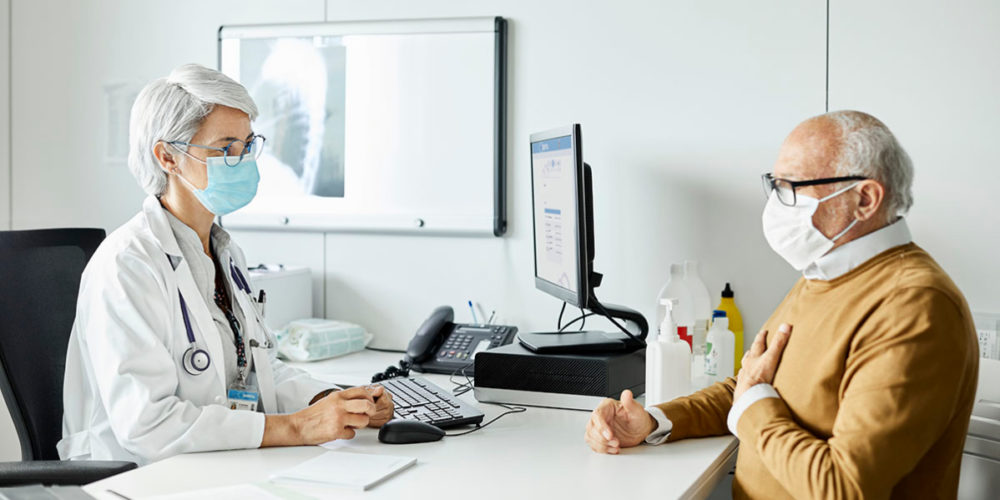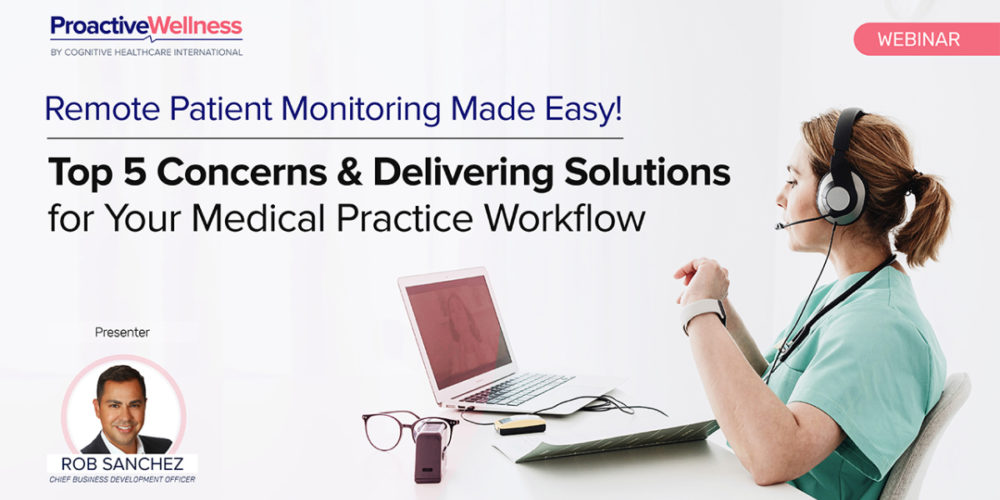Remote patient monitoring (RPM) is a technology that allows patients to measure and share their vital signs and symptoms with their healthcare providers using devices such as blood pressure monitors, pulse oximeters, thermometers, and smartphones. RPM can enable timely and personalized interventions, improve patient engagement and satisfaction, and reduce the risk of complications and hospitalizations.
But how do you choose the right RPM device for your patients? There are many factors to consider, such as:
- The type and severity of the condition.
Different conditions require different types of monitoring devices. For example, patients with hypertension may need a blood pressure monitor, patients with diabetes may need a glucose meter, and patients with COVID-19 may need a thermometer and a pulse oximeter[1]. The frequency and accuracy of the measurements may also vary depending on the condition. - The compatibility and interoperability of the device.
The device should be compatible with your electronic medical record (EMR) system and other technologies that you use to communicate and coordinate care with your patients and other providers. The device should also be able to transmit data securely and reliably over wireless networks or cellular connections[2]. - The usability and convenience of the device.
The device should be easy to use for both patients and providers. It should have clear instructions, intuitive features, and user-friendly interfaces. It should also be comfortable, discreet, and durable for patients to wear or carry around. The device should have a long battery life and require minimal maintenance[2]. - The cost and reimbursement of the device.
The device should be affordable for both patients and providers. You should consider the upfront cost of purchasing or leasing the device, as well as the ongoing cost of servicing and monitoring the device. You should also check with your payers about the reimbursement policies and incentives for RPM services[3].
To help you make an informed decision, here are some examples of RPM devices that are currently available or authorized for use during the COVID-19 public health emergency[4]:
- Blood pressure monitor.
This device measures the force of blood against the walls of the arteries. It can help patients with hypertension manage their condition at home and prevent complications such as stroke or heart attack[1]. - Glucose meter.
This device measures the level of glucose in the blood. It can help patients with diabetes monitor their blood sugar levels and adjust their medication or diet accordingly[1]. - Pulse oximeter.
This device measures the oxygen saturation in the blood. It can help patients with COVID-19 or other respiratory conditions monitor their oxygen levels and alert their providers if they drop below a certain threshold[1]. - Weight scale.
This device measures body weight. It can help patients with heart failure or obesity track their weight changes and fluid retention[1].
These are just some of the RPM devices that you can choose from depending on your patients’ needs and preferences. You should also consult with your patients and their caregivers about their goals, expectations, and concerns regarding RPM devices.
RPM devices can offer many benefits for both patients and physicians, such as:
- Improved outcomes.
RPM devices can help detect changes in vital signs or symptoms early, prevent deterioration or complications, and optimize treatment plans. - Enhanced satisfaction.
RPM devices can help improve patient engagement, education, empowerment, and adherence to care plans. - Reduced costs.
RPM devices can help reduce unnecessary office visits, emergency room trips, hospitalizations, readmissions, and medication errors.
RPM devices are a valuable tool that can help you provide better care to your patients while saving time and money. However, choosing the right RPM device is not a one-size-fits-all solution. You should consider various factors such as the type and severity of the condition, the compatibility and interoperability of the device, the usability and convenience of the device, and the cost before making a finalized decision.
Sources:
- Devices Used For Remote Patient Monitoring Services: What You Need To Know (accuhealth.tech) – [1]
- Remote or Wearable Patient Monitoring Devices EUAs | FDA – [2]
- The Ultimate Guide to Remote Patient Monitoring Devices (welkinhealth.com) [3]
- Choosing the Best Remote Patient Monitoring Devices (thoroughcare.net) [4]



